
CHURCH LAW REGARDING FAST AND ABSTINENCE
Presented here are the applicable canons from the 1917 Code of Canon Law and the 1983 Code. Catholics will recognize the most significant changes to the Church’s laws of fasting and abstinence by reading Canon 1252 (1917 Code). Another noted change regards the age of the person to whom these laws apply.
Matthew Plese presents, in an 8-part series, a comprehensive history of and the norms for fasting.
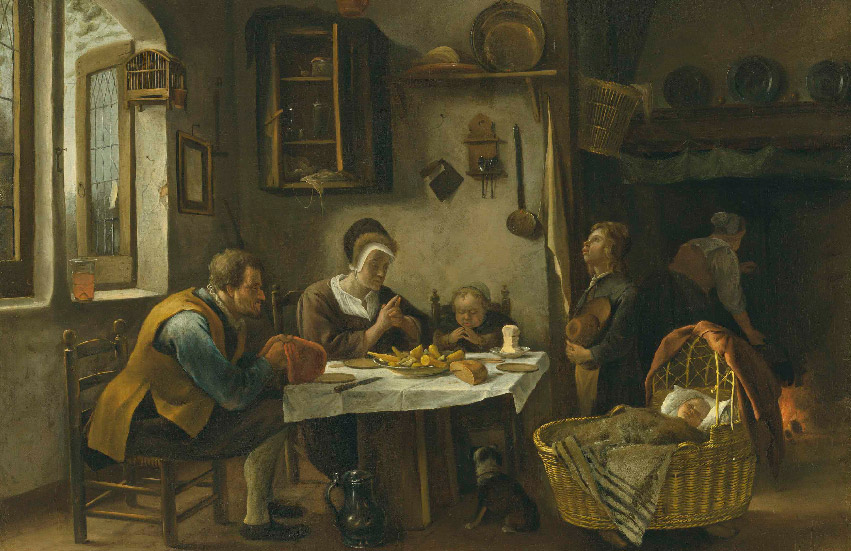
Part 1: The Purpose of Fasting
Our Blessed Lord said, “Unless you shall do penance, you shall all likewise perish.” The Catholic Church has hallowed the practice of fasting, encourages it, and mandates it at certain times. St. Thomas Aquinas explains the threefold purpose of fasting, and St. Basil the Great also affirmed its importance
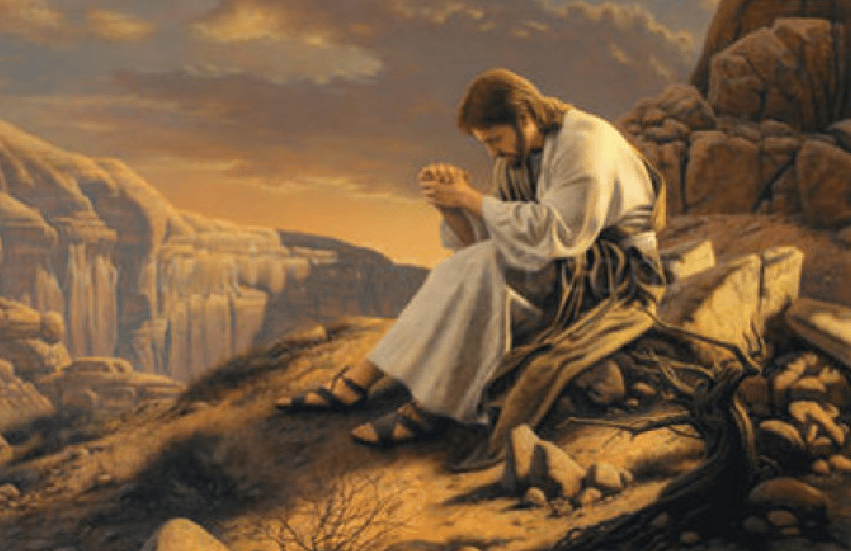
Part 2: Fasting in the Early Church Through the 5th Century
The Apostles instituted fasting shortly after our Redeemer’s Ascension into Heaven. This article explains the two primary fasting periods – the weekly devotional fasts and the Lenten Fast – that constituted the observance of fasting and abstinence in the Apostolic Age.

Part 3: Lenten Fasting in the Medieval Church: 5th – 13th Centuries
This article covers the considerable development of Lenten fasting and abstinence during these centuries – a time when our ancestors desired to do penance for the good of souls. Which of these voluntary practices will you adopt next Lent as a means of making greater satisfaction for sin?
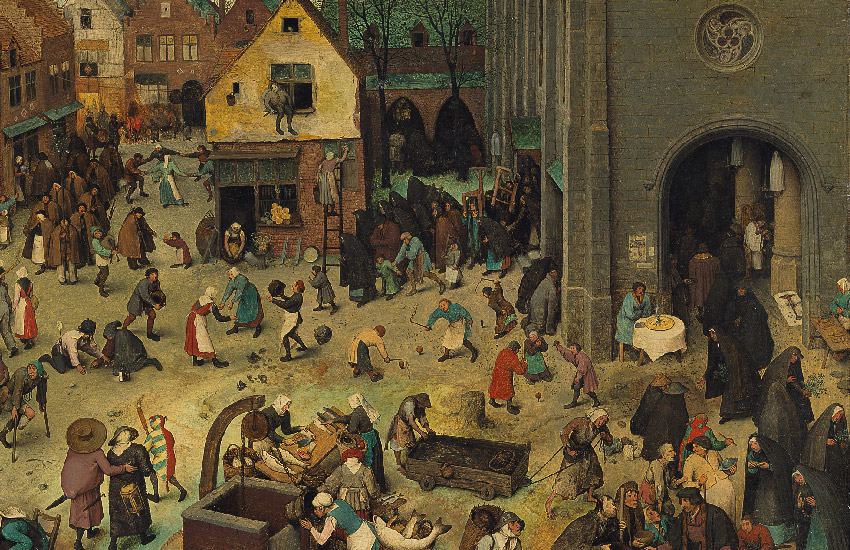
Part 4: Other Fasts in the Medieval Church: 5th – 13th Centuries
This article considers the organic development of fasting in these same centuries for fast days other than during Lent. Besides the Lenten fast, the tradition of Rogation Days, Ember Days, and the Advent fast developed in the Church during the Middle Ages. Which of these voluntary practices can you observe?
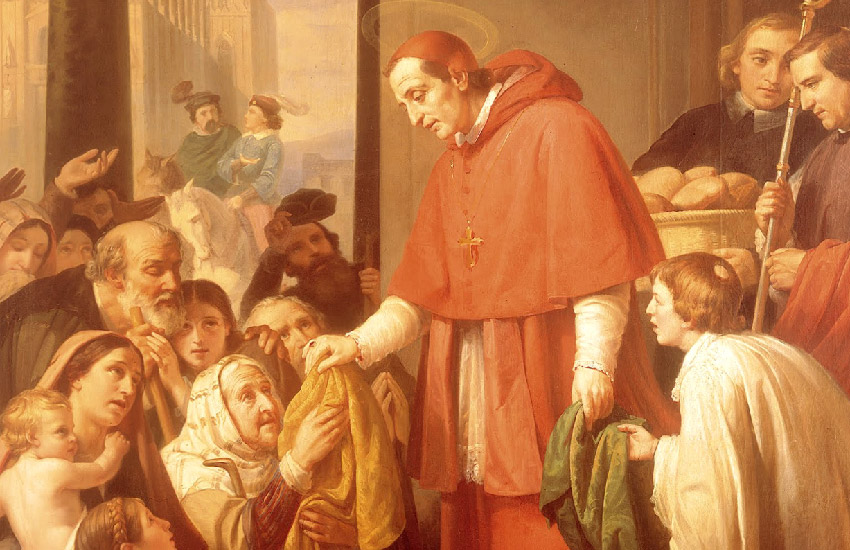
Part 5: Fasting During the Renaissance: 13th – Middle 18th Centuries
Fasting and abstinence considerably changed during the 13th – 18th centuries. Protestantism and secularism greatly influenced the decline of fasting and penance. As the Renaissance emerged, the piety and devotion of many souls also declined. The Church underwent significant trials, yet she also found new faithful in the New World.
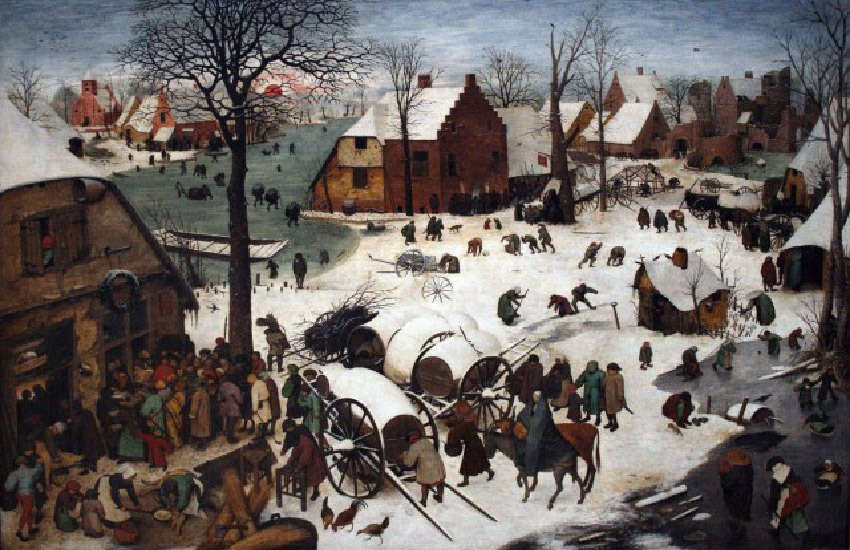
Part 6: Fasting in the Early Modern Era
From the time of Pope Benedict XIV to Pope St. Pius X, the Lenten fast dramatically changed, fasting and abstinence weakened, Pope Leo XIII continued the relaxation of discipline, and fasting waned in Rome. Many practices considered traditional today are actually concessions which resulted because of a lack of faith.
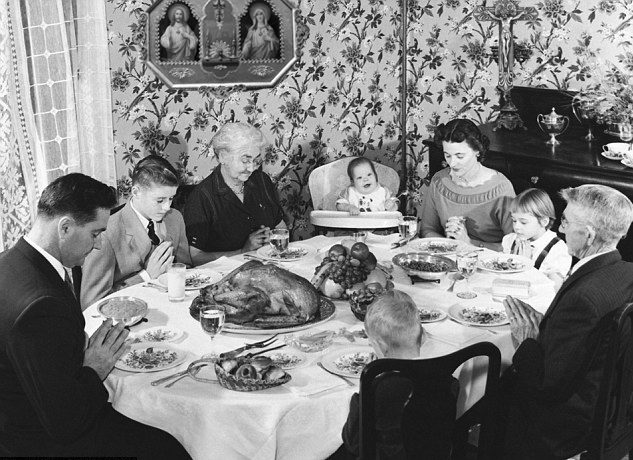
Part 7: Fasting in the 1900s Pre-Vatican II
While often held as an archetype for Tradition, the 1917 Code of Canon Law largely took the concessions granted to America and other nations and reduced fasting practices that were widely practiced elsewhere in the world. Drastic reductions in fasting ensued throughout the 1900s, intensified under Pope Pius XII, and further changed under John XXIII.
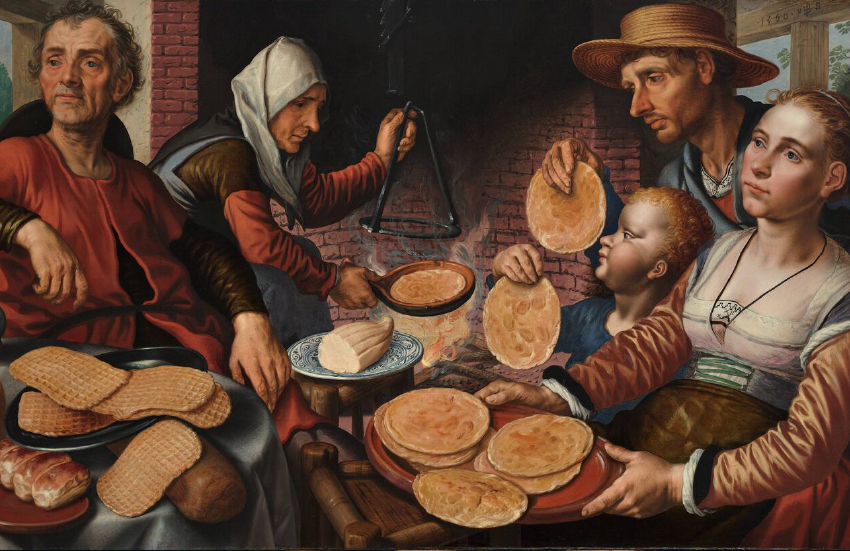
Part 8: Fasting Post-Vatican II
This article covers the changes in fasting and abstinence since Vatican II – including Pope Paul VI’s apostolic constitution, whose principles were incorporated into the 1983 Code of Canon Law – until the present; and what we can do to recover former practices of fasting and abstinence for the purpose of doing penance.
Related articles by Matthew Plese:
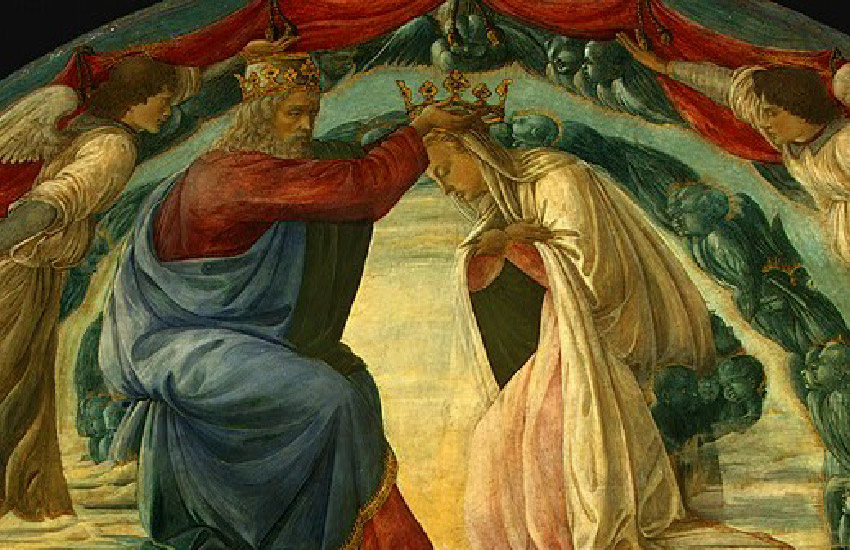
Saturday Fasting in Honor of the Blessed Virgin Mary
Catholics have always been encouraged to observe additional days of fasting and abstinence beyond those mandated by the Church. Saturday fasting has the characteristic of honoring the Blessed Virgin Mary. As St. Alphonsus Liguori explains, we may honor Her while also making reparation for sins by keeping at least some Saturdays as voluntary days of fasting.

The True Advent Fast
This article explores the history of St. Martin’s Lent – the true Advent fast – and shows how it was observed over the centuries. It also provides a few suggestions as to how we too can observe this venerable tradition – even if only partially. Let us properly prepare for the celebration of Our Lord’s Nativity!
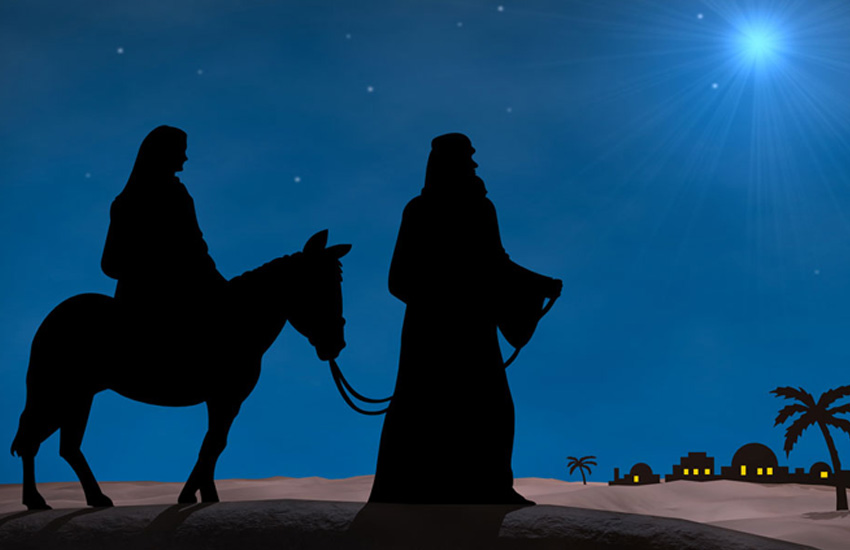
The Joyful Fast of Christmas Eve
It has been a long-standing requirement to observe Christmas Eve as a day of fasting and abstinence from meat. Christmas Eve remains part of the penitential season of Advent, which does not end until Midnight Mass on December 25th.
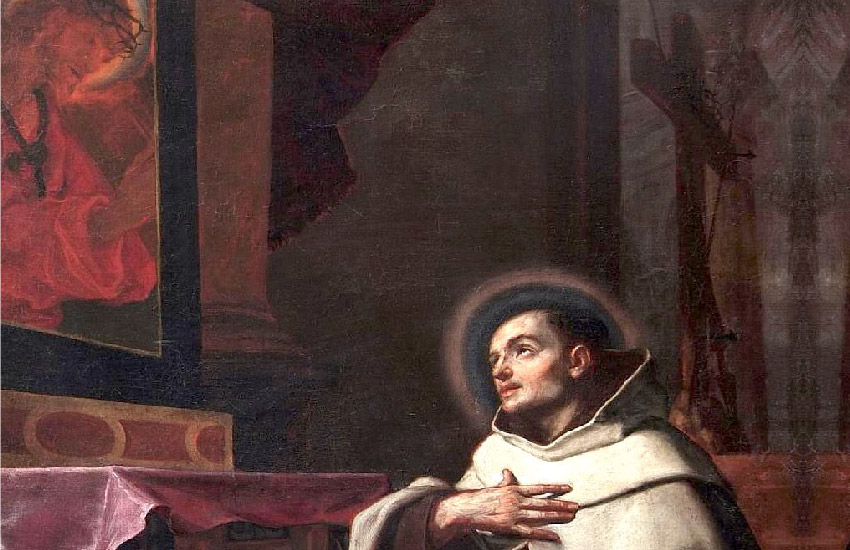
The Monastic Fast
The monastic fast was firmly established by The Rule of St. Benedict. Monks would spend over half the year fasting. There are still armies of Christian soldiers observing this traditional fast today. May St. John of the Cross’ example serve to inspire us.
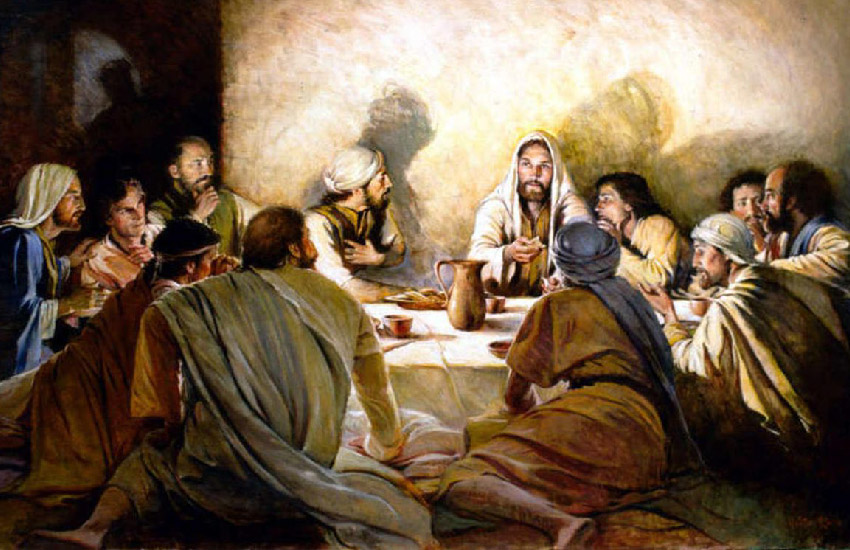
The Apostles Fast
Many have never known, and others often forget, that the Feast of Ss. Peter and Paul is still a Holy Day of Obligation on the Universal Calendar, and it was a Holy Day in America until 1840. Only by adequately preparing for this feast day can we appreciate the importance of this and all of the feasts of the Apostles.
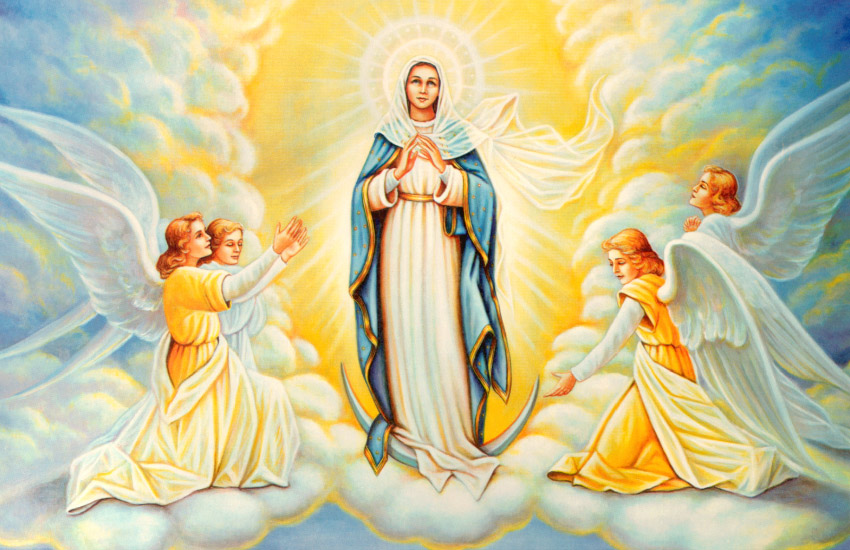
The Assumption Fast
Referred to as either the Dormition Fast or as the Assumption Fast, this is a two-week-long fasting period lasting from August 1st until Assumption Day.
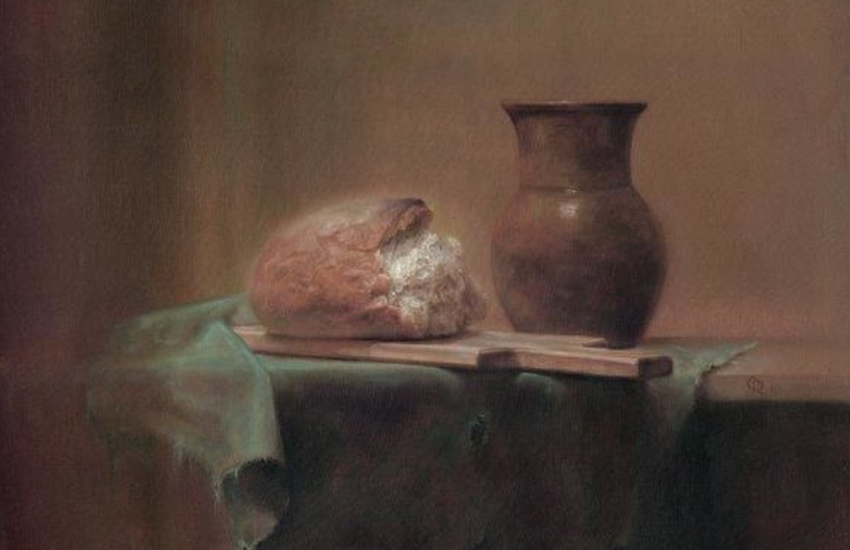
Friday Abstinence Also Required Outside of Lent
One of the most commonly known perceptions of Catholics is our custom of eating fish on Fridays. Yet, few non-Catholics understand this practice at all. And the sad truth is that nowadays many Catholics fail to properly observe this practice because they don’t realize that abstinence from meat is actually required on all Fridays throughout the year – not just during Lent.
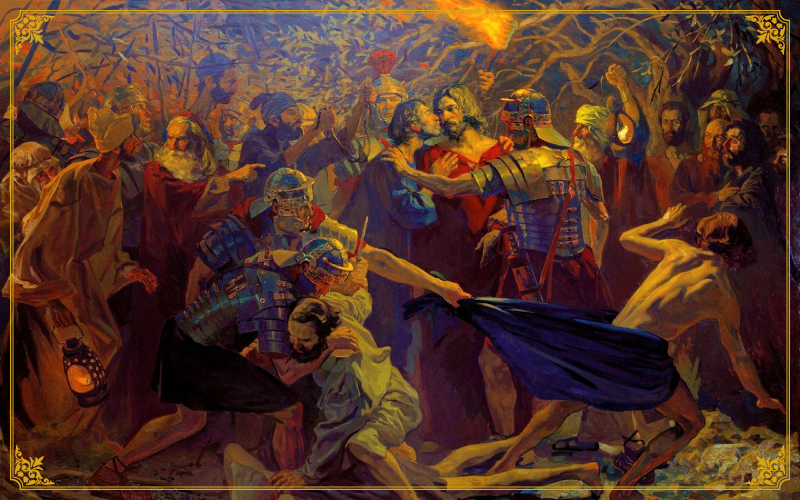
The Immemorial Practice of Wednesday Penance
While Friday abstinence is the law of the Church and whereas Saturday abstinence used to be required until the mid 1800s (and is still highly recommended), Wednesday is often added as the next most appropriate day for fasting and abstinence.
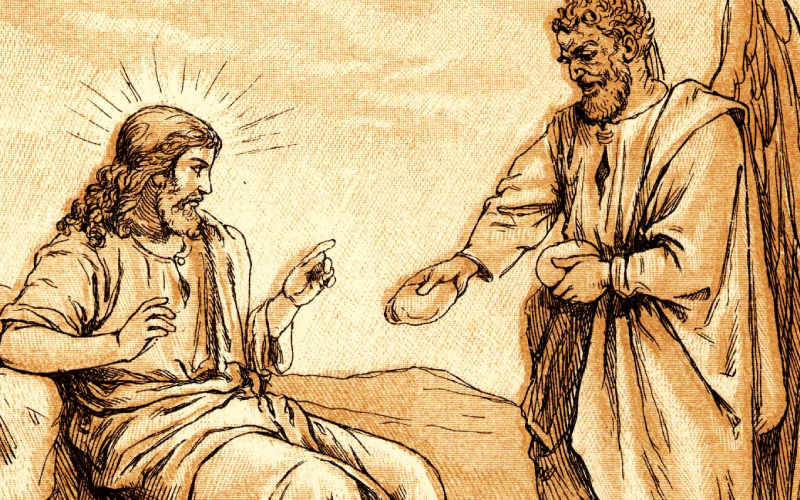
The Black Fast
Most Catholics when they hear the term “black fast” are unsure what it entails. Some view it as a fast on only bread and water. Others believe it to mean, by definition, eating nothing at all. And others are confused by the term entirely. Is it the only valid form of true Catholic fasting? Was it ever obligatory? Who should observe it?



